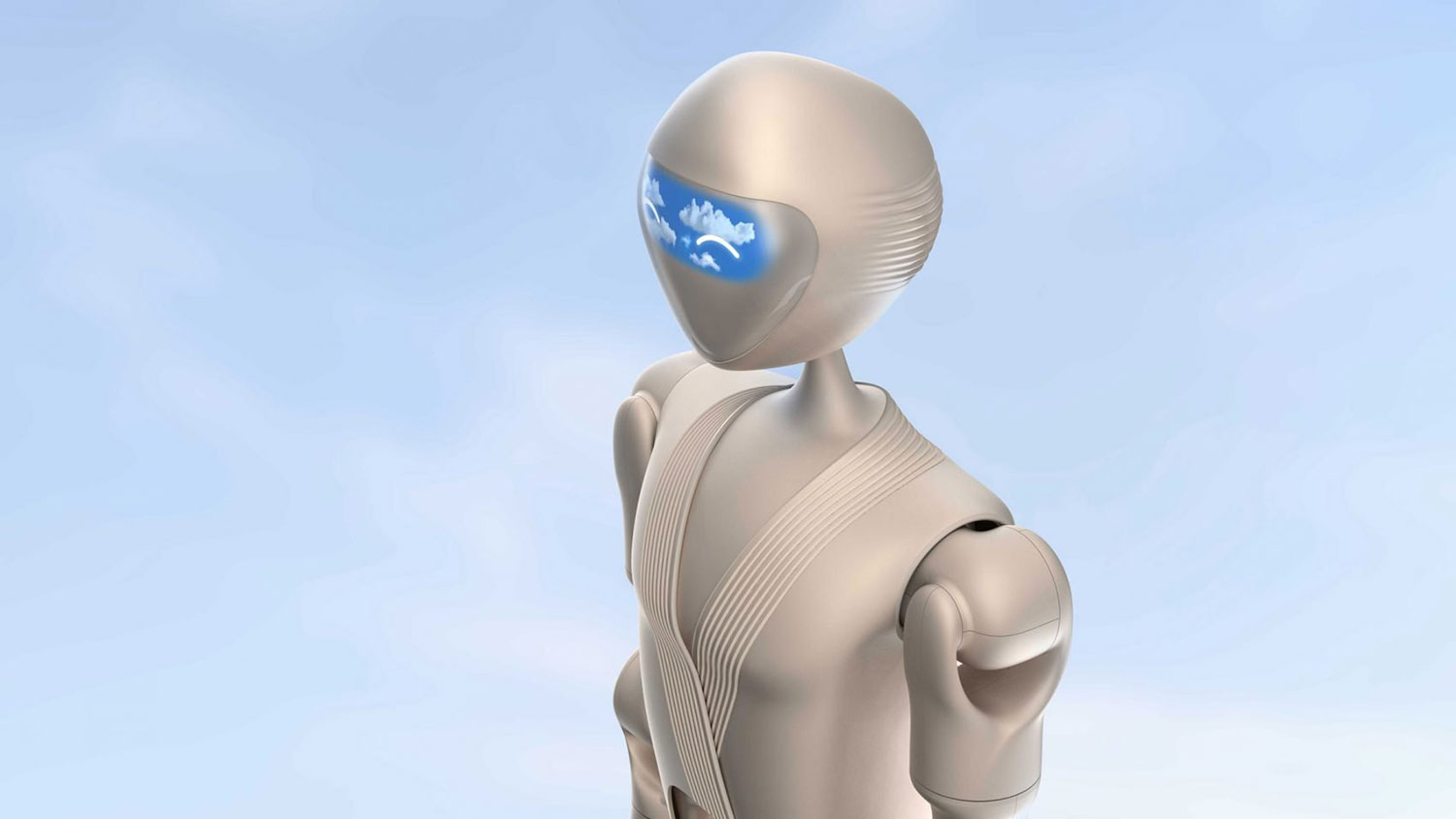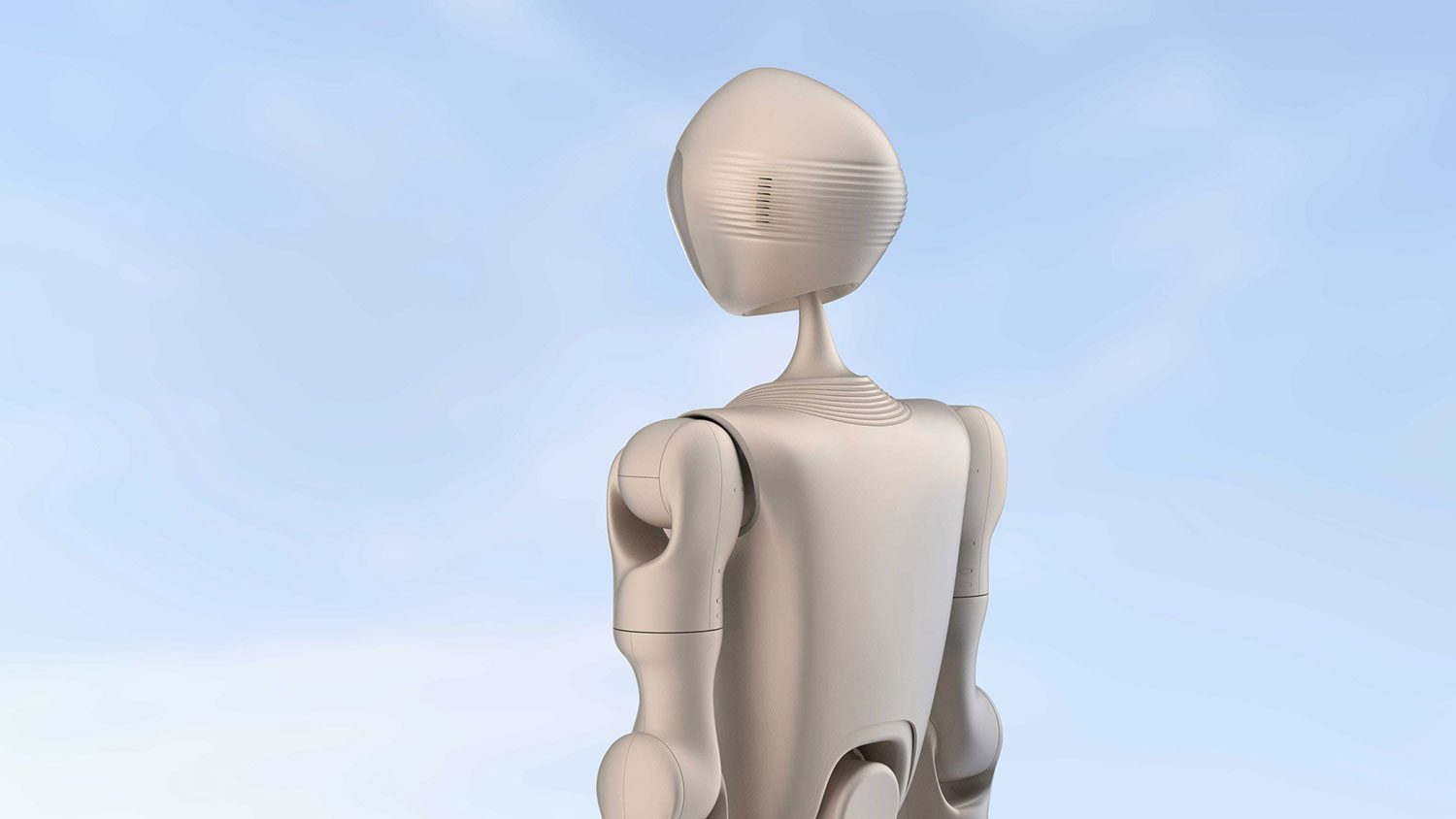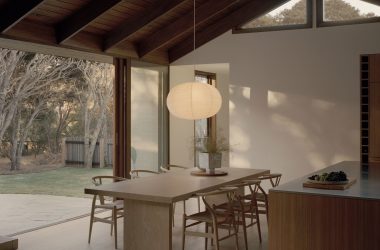Yves Béhar and the talented team at fuseproject have joined forces with Kind Humanoid to craft the exterior design of a groundbreaking general-purpose robot. This innovative cyborg aims to enhance daily life by collaborating with people on their everyday tasks, rather than simply following commands. Establishing a bond of trust between humans and robots is essential, and this is where Béhar’s vision comes into play. He believes that the robot should embody a witty and surreal personality, which must be reflected in its visual design.

To achieve this, Béhar and his design team have chosen soft copper tones and a rounded diamond-shaped head for the Kind Humanoid robot. The warm color palette is intended to evoke feelings of comfort, while the diamond facial structure, complemented by a responsive digital display, helps to soften the robot’s traditionally mechanical appearance. Additionally, the robot sports a V-neck top with distinct lines across its abdomen, creating a sense of familiarity akin to human clothing, in contrast to the typical monolithic design of robots.

Béhar and his designers at fuseproject are convinced that by creating a unique head shape, incorporating subtle clothing details, and designing expressive eyes, the Kind Humanoid robot will be better equipped to engage with humans. This vision aligns with the aspirations of Christoph Kohstall and his team at Kind Humanoid, who envision their general-purpose robot as one capable of reasoning and acting independently, approaching situations with a human-like perspective.

The concept of a general-purpose robot revolves around the idea of Kind Humanoid serving as an assistant to people rather than a replacement. The vision is to create a companion that provides additional support for tasks that often go unattended. This robot could play a vital role in aiding the elderly living independently, acting as a nurse assistant, or helping with home and yard maintenance, among other functions. Designed to handle both general and specialized tasks, it embodies a blend of innovation and practicality.

Christoph Kohstall describes the endeavor as both a remarkable challenge and a unique opportunity to develop a humanoid’s brain and body, ultimately to assist humans and benefit the planet. Prior to collaborating with Yves Béhar and fuseproject for the robot’s exterior design, the Kind Humanoid team had already made significant strides in refining the reasoning and mechanics of their general-purpose robot, named Mona. In February 2024, they announced the integration of the GPT-3 language model, enabling Mona to intuitively understand questions without the need for extensive coding.

During testing, Mona demonstrated impressive capabilities, responding to commands with fluid movements and even offering a drink to Christoph Kohstall. The team further explored the robot’s conversational skills by allowing others to interact with the humanoid cyborg. Remarkably, Mona was able to comprehend and respond to inquiries using formal language, a crucial aspect for the Kind Humanoid team as they strive to make interactions as human-like as possible. As of now, there has been no announcement regarding the unveiling date of the final design in collaboration with Yves Béhar and fuseproject, nor details about the robot’s mechanics.






